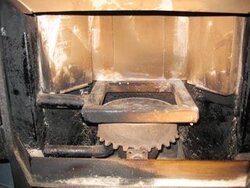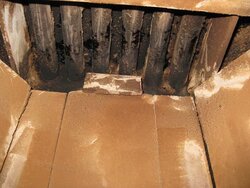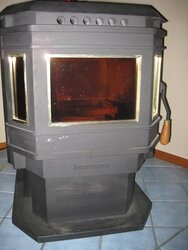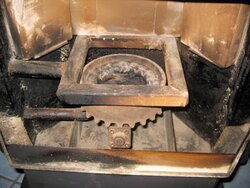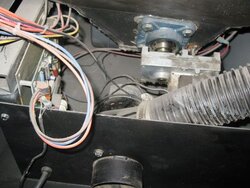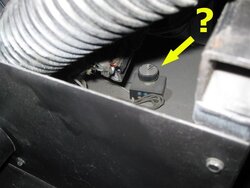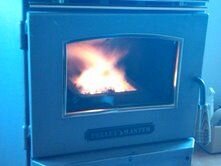I'm new to the forum, and new to pellet stoves. Bought the house 5 years ago and gave up on it after smoking out the house once. I have a Pelletmaster with a thermostat. I cleaned the horizontal section of the exhaust pipe yesterday, and cleaned out the inside of the unit. The unit worked, almost a little too good. I still have some smoke issues (better though) and the feed continues even when the thermostat is turned down.
I pulled the unit away from the wall and cleaned the exhaust pipe inside of the stove - which was 40% blocked. I completely cleaned out the ashes, and scraped the inside more thoroughly to get most of the creosote. I also chipped out the "clunkers" inside of the crucible.
However, I have a few questions.
- I am about to check the vertical exhaust up on the roof. Where can I get a chimney sweep brush?
- The seal on the door is nearly perfect, except for a small area on the bottom side of the door. Where do I get the seal material?
- The exhaust pipe and the seal are sealed with orange, rubberish adhesive. It looks like high temp exhaust manifold sealant for automobiles. Is this what I use or is there something better?
Thanks all, I hope to get this working once and for all this year!
I pulled the unit away from the wall and cleaned the exhaust pipe inside of the stove - which was 40% blocked. I completely cleaned out the ashes, and scraped the inside more thoroughly to get most of the creosote. I also chipped out the "clunkers" inside of the crucible.
However, I have a few questions.
- I am about to check the vertical exhaust up on the roof. Where can I get a chimney sweep brush?
- The seal on the door is nearly perfect, except for a small area on the bottom side of the door. Where do I get the seal material?
- The exhaust pipe and the seal are sealed with orange, rubberish adhesive. It looks like high temp exhaust manifold sealant for automobiles. Is this what I use or is there something better?
Thanks all, I hope to get this working once and for all this year!




